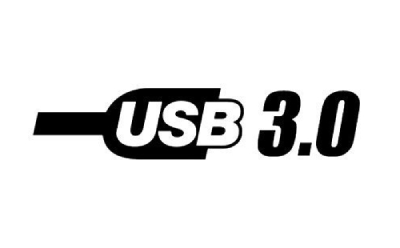
usb3.0 driver installation steps
1. First download the usb3.0 driver software package from this site.UnzipAfter getting the setup.exe file, double-click to run
2. Enter the usb3.0 driver installation wizard interface and click Next
3. Enter the license agreement interface, select I accept and click Next
4. Enter the installation preparation interface and click Install
5. Enter the installation interface and wait patiently for the installation progress bar to be completed.
6. The usb3.0 driver installation is completed, click Finish and you can use it.
How to use usb3.0 driver
How to check whether the usb3.0 driver can be used?
1. Right clickDesktopComputer icon, open device manager to view
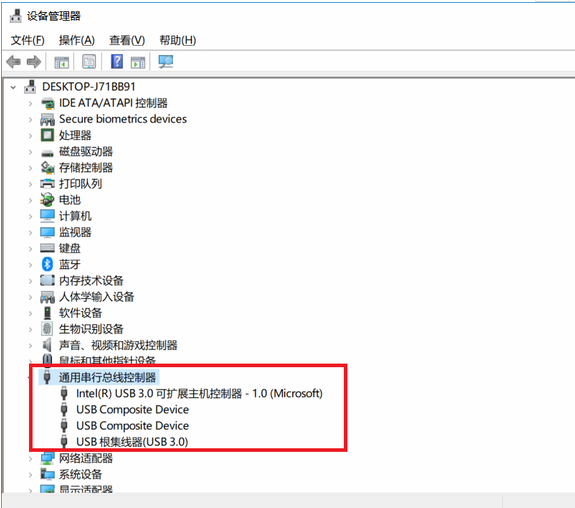
usb3.0 driver FAQ
Solution to the problem that the USB3.0 interface cannot recognize the U disk
Usedriver wizardOr use other similar software to scan for missing drivers in your machine. If your machine has a USB3.0 driver, you should be able to get the driver installation package through scanning at this time.
Driver installation and update issues
The driver is not installed or is installed incorrectly: When the USB3.0 interface cannot recognize the device or the device speed is limited, first check whether the USB3.0 driver has been installed correctly. Sometimes, the driver may not be installed automatically with the operating system, or there may be problems during the installation process. At this point, you can try downloading and installing the latest drivers from the device manufacturer's official website.
Outdated drivers: Outdated drivers may not be compatible with the latest operating systems or devices, causing performance issues. Therefore, it is important to check and update USB3.0 drivers regularly.
Device identification and connection issues
The device cannot be recognized: If the USB3.0 device cannot be recognized by the computer, it may be due to driver damage, USB interface failure or problems with the device itself. You can try to replace the USB interface, use other USB devices to test whether the interface is normal, or check whether the device can work normally on other computers.
Unstable connection: Sometimes USB 3.0 devices will experience disconnection or speed fluctuations after being connected. This may be caused by poor quality USB cables, loose interfaces, or system resource conflicts. You can try to replace the USB cable, check whether the interface is firmly connected, or optimize system resource allocation.
Performance limitations
Speeds are much slower than expected: Even if a USB 3.0 device is connected correctly and the driver is installed, sometimes the speed is much slower than expected. This may be due to system configuration, power management settings, or BIOS settings, etc. You can try turning off USB power-saving mode, optimizing system performance settings, or enabling USB3.0 related options in the BIOS to improve performance.
Mixing issues with USB2.0 devices: In some cases, when a USB3.0 device is connected to a USB2.0 device at the same time, performance degradation may occur. This is because USB3.0 and USB2.0 use different communication protocols and speed standards. Although the USB3.0 interface is compatible with USB2.0 devices, mixed use may be limited by slower USB2.0 devices.
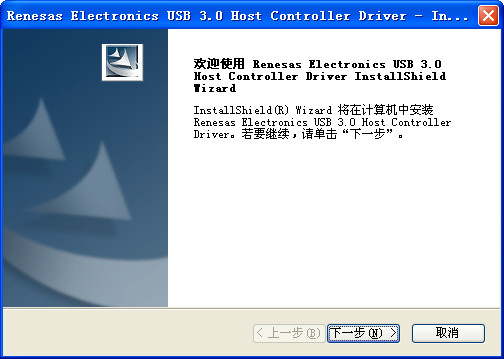
The difference between usb3.0 and usb2.0
USB3.0 and USB2.0 are compatible with each other, which means that a USB2.0 device plugged into a USB3.0 port, or a USB3.0 device plugged into a USB2.0 port, can be used normally, but of course it can only reach the transmission speed of USB2.0.
The data bandwidth of USB3.0 is ten times that of USB2.0, which can reach 5Gb/s (480MB/s), and the synchronous transmission bandwidth can also reach 384MB/s. This is one of the main differences between USB3.0 and 2.0;
USB 2.0 is based on a half-duplex two-wire bus and can only provide one-way data stream transmission, while USB 3.0 uses a dual simplex four-wire differential signal line, so it supports bidirectional concurrent data stream transmission. This is also the key reason for the rapid increase in the speed of the new specification.
In addition, USB 3.0 also introduces a new power management mechanism to support standby, hibernation and pause states.
usb3.0 driver update log
Developer GG said there are really no bugs this time~
Huajun editor recommends:
usb3.0 driver andIntel Desktop Control Center program latest for Intel chipset,Universal USB driver,U disk universal driver under XP,nVidia nForce2 System-on-ChipUSB,ASUS motherboard Disk Unlocker 3TB hard drive capacity limit solution softwareThese are all very good software, welcome to my site to download and experience!








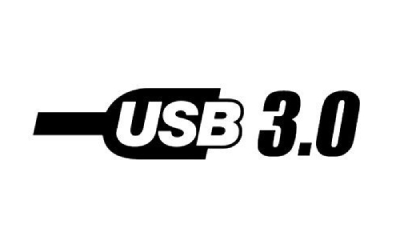
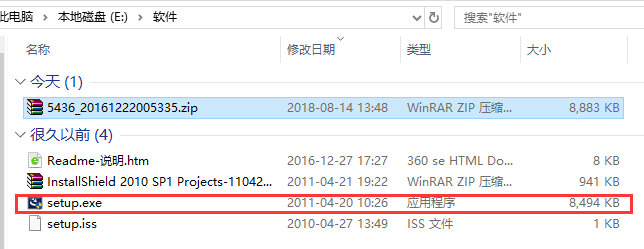
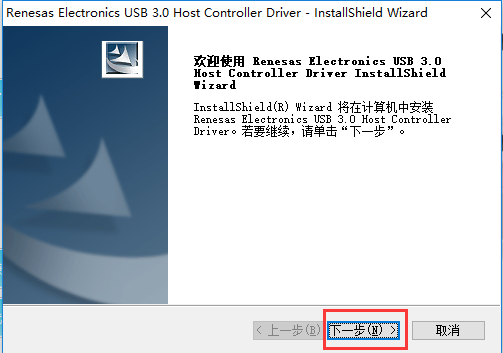

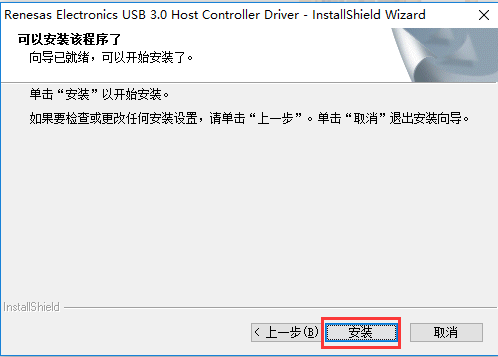
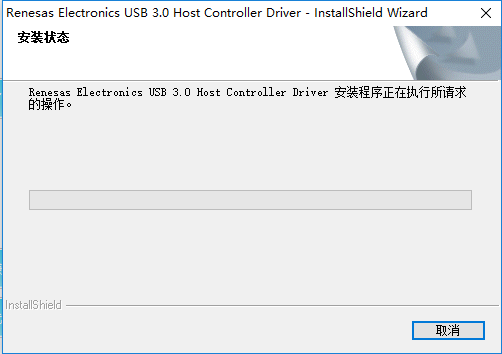
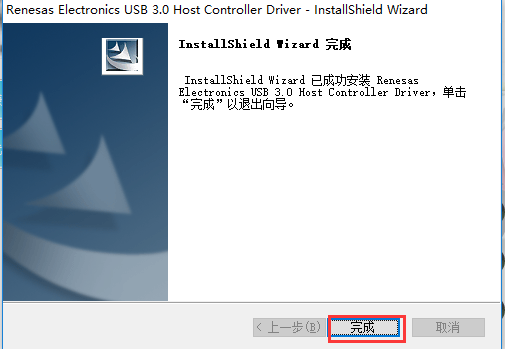


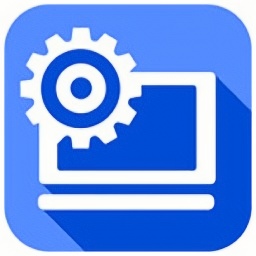


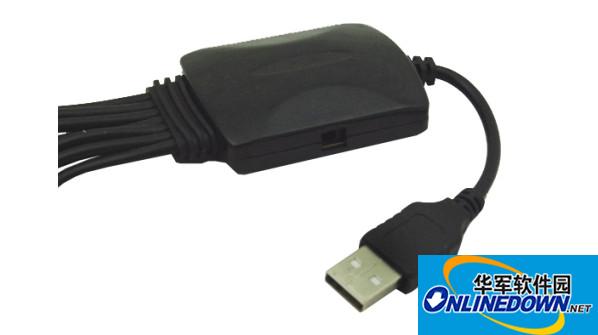
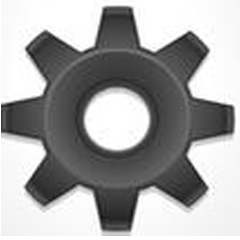




























Useful
Useful
Useful